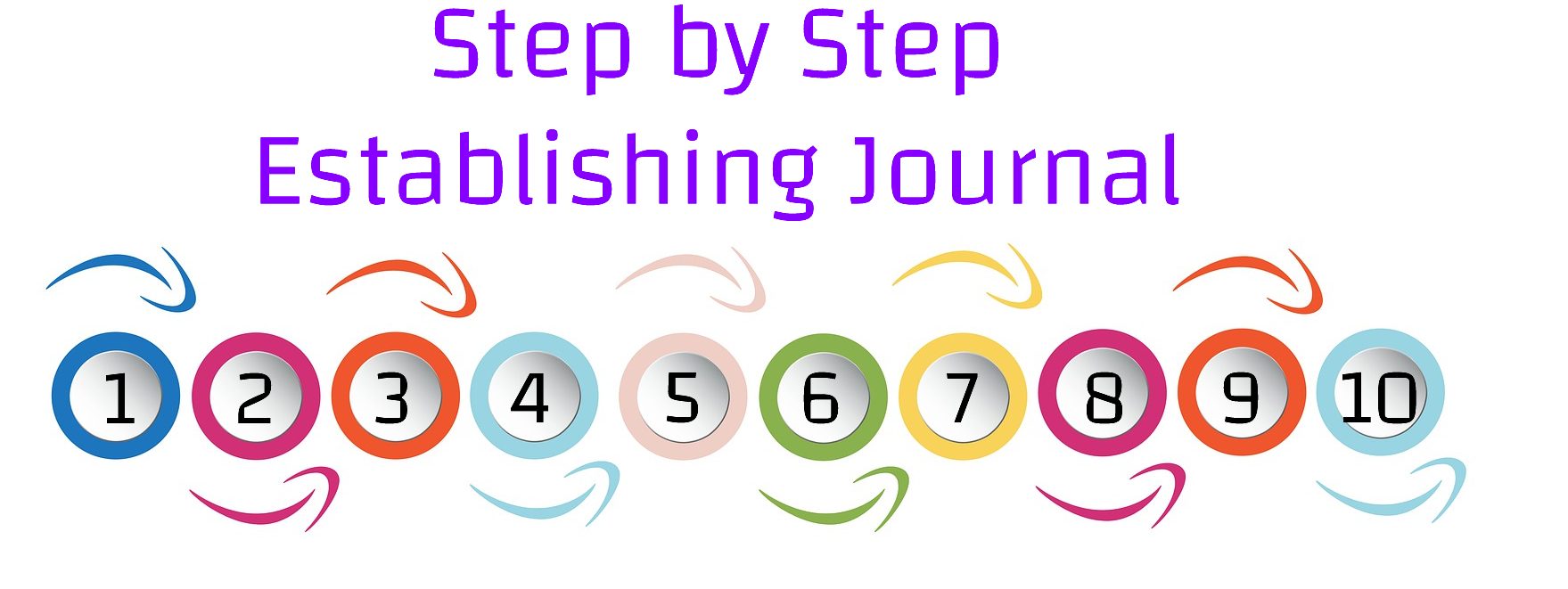The Foundation of Academic Publishing: Articles
At the core of scholarly communication lie academic articles, serving as vessels through which researchers communicate their discoveries, theories, and viewpoints to a global audience. These articles undergo meticulous peer review processes to uphold their quality and credibility.
Diverse Types of Articles in Academic Publishing
Academic publishing encompasses a spectrum of article types tailored to different purposes and audiences. Some common types include:
- Research Articles: Detailed reports on original research studies, often structured with sections such as introduction, methods, results, and discussion.
- Review Articles: Comprehensive evaluations of existing literature on specific topics, providing synthesis, analysis, and critical evaluation of research findings.
- Short Communications: Concise articles conveying significant findings or insights in a condensed format, typically focusing on specific aspects of research.
- Editorial Articles: Written by journal editors or guest editors, offering commentary, analysis, or perspective on the content published in the journal or specific issues within the field.
- Letters to the Editor: Short articles enabling readers to respond to previously published content, share opinions, provide corrections, or contribute additional insights.
- Opinion Pieces: Platforms for authors to express personal viewpoints, perspectives, or arguments on specific topics, often stimulating debate within the academic community.
- Technical Notes: Detailed expositions on research methods, laboratory protocols, or technical aspects of studies, providing practical guidance for researchers.
- Book Reviews: Critiques and evaluations of recently published books relevant to the journal’s field of study.
- Case Studies: In-depth analyses of specific cases, events, or phenomena, often used to illustrate broader theoretical concepts or practical applications.
- Conference Proceedings: Summaries or extended abstracts of presentations and research findings presented at academic conferences, often published to disseminate conference outcomes and research advancements.
Arranging Article Types: Enhancing Accessibility and Organization
In academic journals, issues typically comprise a variety of article types grouped together, facilitating navigation and presenting content in a structured manner. While the arrangement of article types may vary based on editorial preferences, publisher standards, and publication policies, a general framework prioritizing fundamental scientific contributions such as research articles and review articles is often followed. Subsequent placement of shorter and more specific articles, such as short communications or technical notes, is guided by considerations of journal policy and reader interest.
Concluding Thoughts: Navigating the Landscape of Academic Publishing
By meticulously organizing article types and understanding their unique characteristics, readers can effectively explore the wealth of knowledge encapsulated within academic journals. This structured approach not only facilitates accessibility but also underscores the journal’s purpose, scope, and scientific contributions, providing readers with a clearer roadmap for scholarly engagement and discovery.
In conclusion, as we navigate the ever-evolving landscape of academic publishing, a nuanced understanding of article types and their arrangement serves as a beacon, guiding us towards the forefront of scholarly inquiry and discourse.
One of the most commonly used article publication systems (Open Journal Systems) worldwide features the capability to create sections for articles. For detailed information on this feature, you can visit the following link: Journal Settings in OJS.



Comments are closed